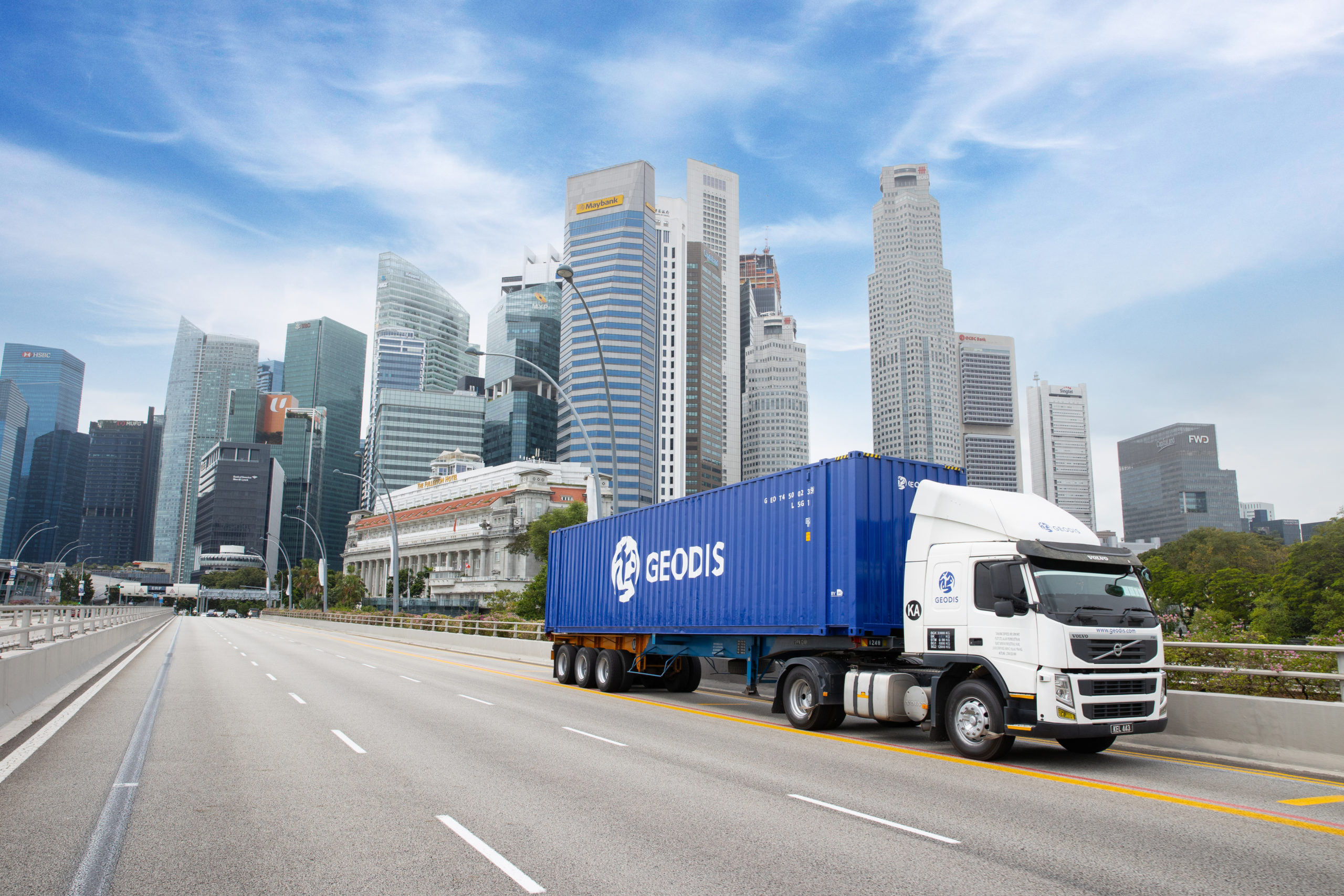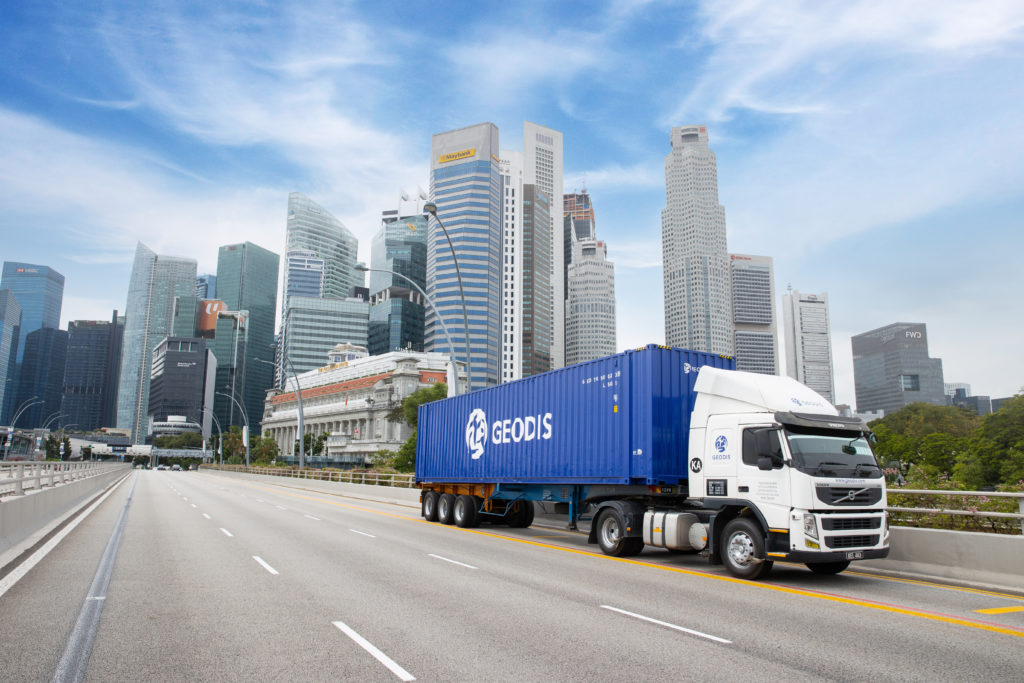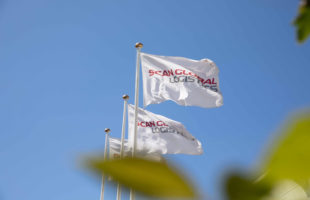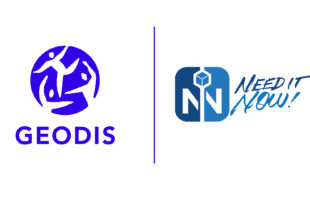

Find out how French logistics and transport operator GEODIS is capitalizing on its strong air freight and logistics network as Onno Boots, regional president and CEO for Asia Pacific joins Payload Asia for this edition of our C-Suite interview.
 Can you give us a brief background of the cargo network of GEODIS in Asia Pacific? Can you share with us the different infrastructure that GEODIS has invested in to achieve growth?
Can you give us a brief background of the cargo network of GEODIS in Asia Pacific? Can you share with us the different infrastructure that GEODIS has invested in to achieve growth?
Pre-pandemic in late 2019, we invested into our very first own controlled air network, connecting Hong Kong to Mexico, serving our high-tech customers. It proved to be the game-changing service enhancement as the pandemic pushed countries into closing borders, and grounding of almost all available passenger flights. Within our own controlled network, we were initially aiming for the flexibility of solutions to our customers, allowing them to trade off on time and cost. The AirDirect offerings on our own controlled network, namely AirFast, AirSave and AirFlex allows companies to pick and choose how fast they wish their cargo to be moved, balancing against the cost of freight, without sacrificing security and reliability. In the pandemic years, the reliability of our AirDirect services provided our customers with the assurance of service despite the challenging restrictions disrupting normal flow of cargo.
We made another large investment into our Intra-Asia Pacific air network infrastructure in late 2021. We positioned Malaysia as an air hub and invested 3-times-a-week flight operations using 330-300P2F aircrafts, connecting China, Hong Kong, Malaysia, India and Australia via key Southeast Asia cities as gateways. Our scheduled pick-up and delivery truck network connecting Southeast Asia from Singapore, Malaysia, Thailand and Vietnam enabled us to move the freight into different airports and gave our customers flexibility as we were able to offer all the features of our AirDirect network within the 3 service levels.
In mid-2022, we continued our investments by converting these charter operations to expanded nodes using multi-carrier Block Space Agreements in order to serve our clients on the same country connections with expanded reach. Our investments into Mexico from the North Asia and China region continues, we extended our current scheduled charter operations to Mexico from Shanghai and Hong Kong.
In mid-2022, we increased the frequency of our own flight operations from CN to UK and NL Hubs from 2 times a week to 4 times a week. These consistent investments on our AirDirect network allow us to control the entire flight network and gives us great flexibility to manage our customers’ supply chain.
How is GEODIS navigating the uncertainties and staying resilient? Where does air cargo fit in the company’s overall strategy?
We stay very close to our clients, airline partners and have regular forecast reviews to understand our clients demands and capacity changes in the market. In the last 2 years we made large investments into data and integrated this data into our internal systems by partnering up with Seabury, WorldACD and TAC index.
Our airfreight solutions are increasingly driven by the investments into our own controlled GEODIS Air Network. We have a controlled own flight network with our own A330-300 freighter. This allows us to manage the capacity based on the demand and gives us options to use the freighters based on market and our customer needs.
Freight Forwarding plays a big role in our organization’s long-term strategy and our Global Air Network is one of the key enablers of our long-term vision.
What can you say about the recent move of major shipping lines into air cargo? Do you expect this trend to continue?
We acknowledge the market need for more fixed capacity services. That has been the reason driving our investments into our own GEODIS Air Network before the pandemic began. It would be interesting to see how the shipping lines will manage their new air cargo businesses as the cost drivers and the DNA of these two types of shipping services are very different.
What’s the best way to deliver goods right now? Is it by air, sea or multimodal? Do customers now have a better understanding on how much more they have to pay to avoid any shipment delay?
There is no best way to deliver one’s goods. There is only “voice of the customer” and meeting this demand. It is all dependent on the customers’ needs. GEODIS is well positioned to handle all requests regardless if it is Air, Sea, Road or multi-modal.
With air cargo demand slowing down, what’s the outlook for the last quarter with peak season on the horizon?
As the usual peak prior to the China Golden Week is not occurring this year, it has been reported that volumes have dropped year on year. It remains to be seen how the market will work out in the last quarter with the peak season on the horizon. With early planning and disciplined implementation, GEODIS is poised to handle any potential surge or increase during this peak season. We still see strong demand within Asia and stay focused to maintain our services within Intra-Asia.
What’s next for GEODIS APAC? Which current trade blocs and policies do you see will help logistics and transport in the region?
We will continue to serve our clients by maintaining our fixed capacities, connecting Asia to Europe and Transpacific. Our focus within Intra-Asia with our core carrier partners on block space agreement levels will continue. We continue to sharpen our capabilities to match our customers’ growth within the Asia Pacific region, and we foresee Intra-Asia demand will further push ahead in 2023 given the changing locations for sourcing we have observed since the pandemic started.
Within Asia Pacific, countries where the fears of an incoming recession have been less pronounced, we fully anticipate to grow our business in India and Vietnam, particularly as companies seek to de-risk their supply chain with a China+1 strategy, for example in India where Apple is shifting its production to India, and in Vietnam, where it is expected that the country’s economy will grow much faster than historical trends and faster than China.
We continue to invest in our contract logistics facilities in China, India and Singapore, to meet our customers’ needs in ensuring they are faster to market, as well as grow our pharma capabilities and offerings.









